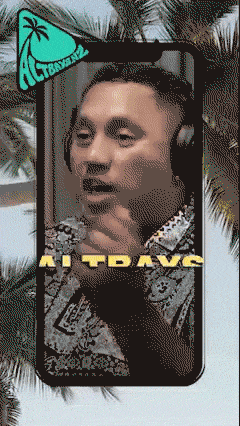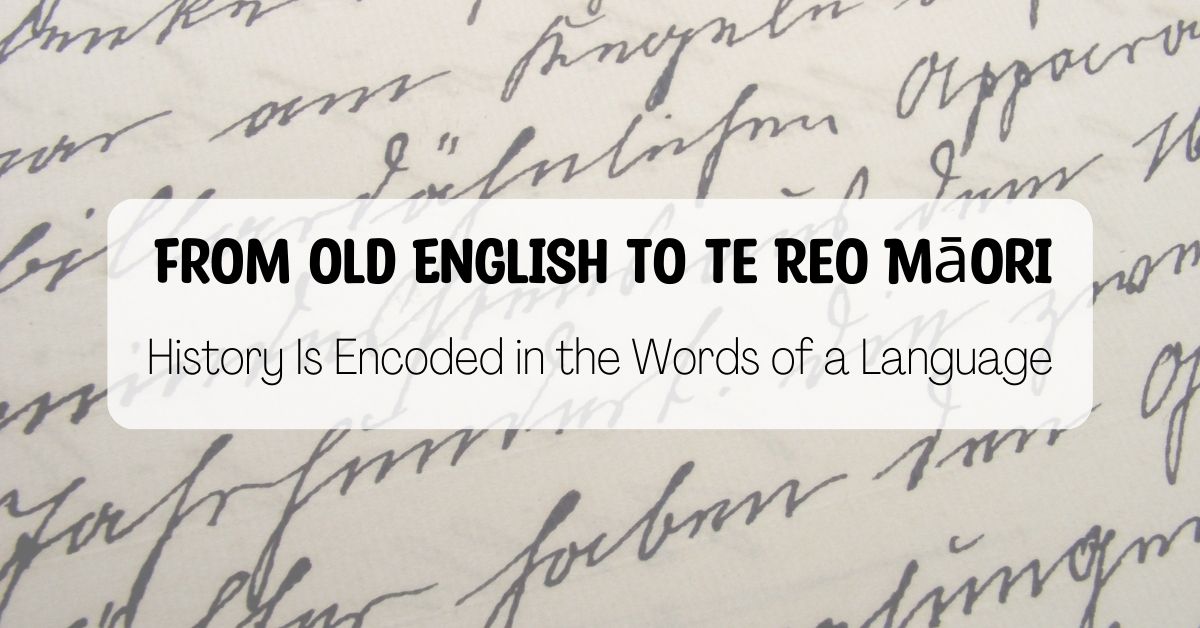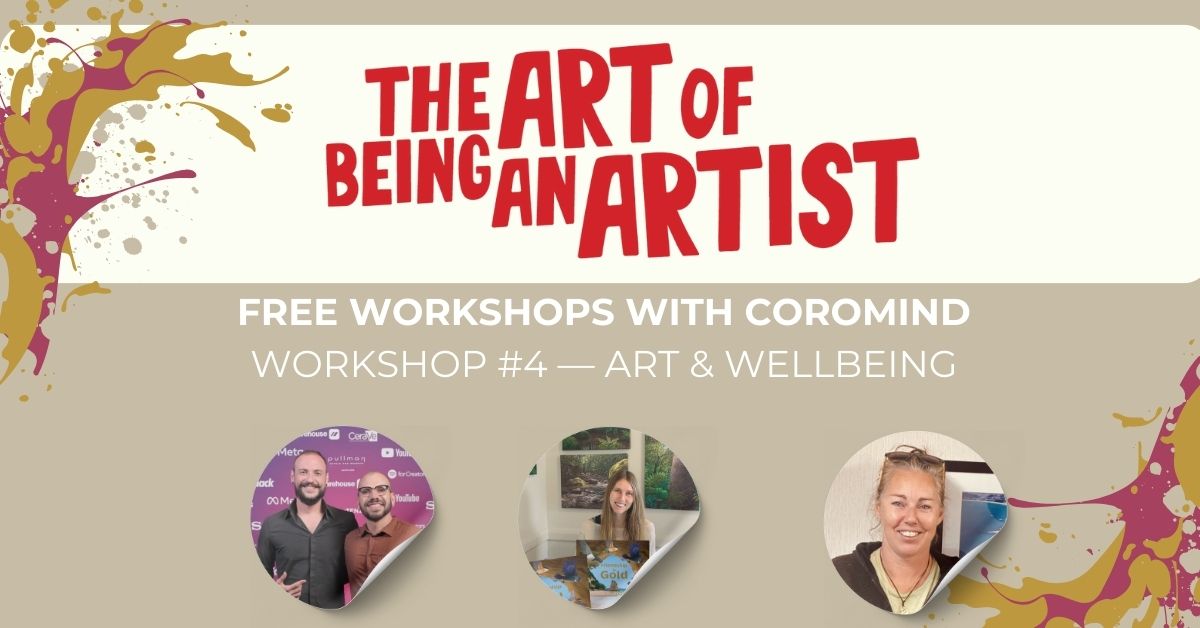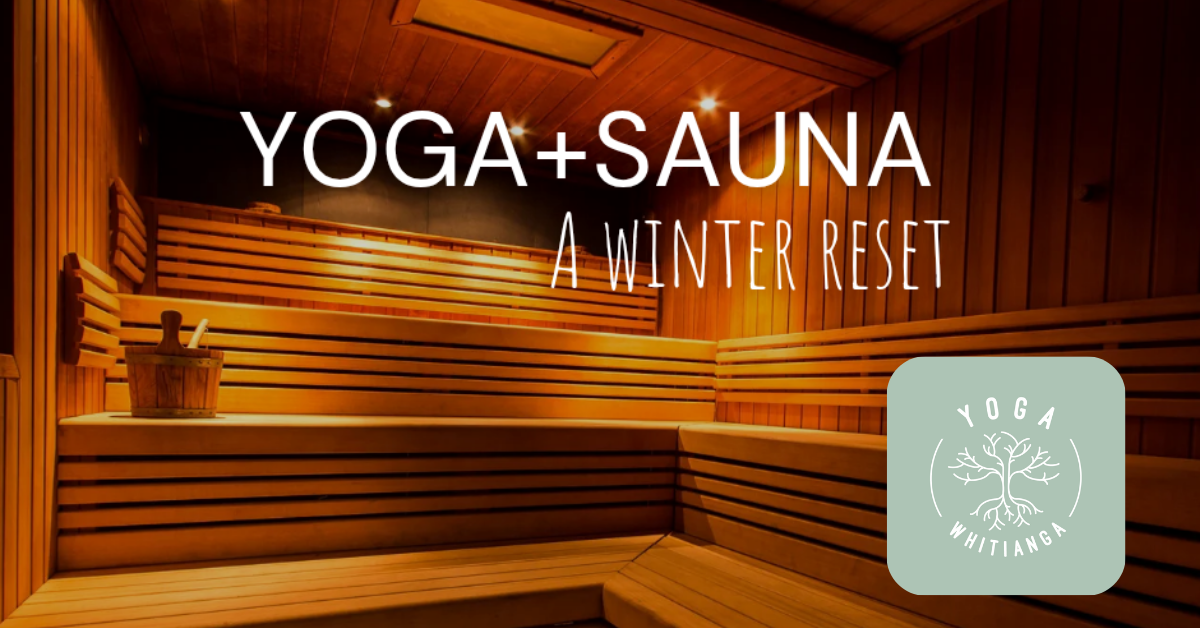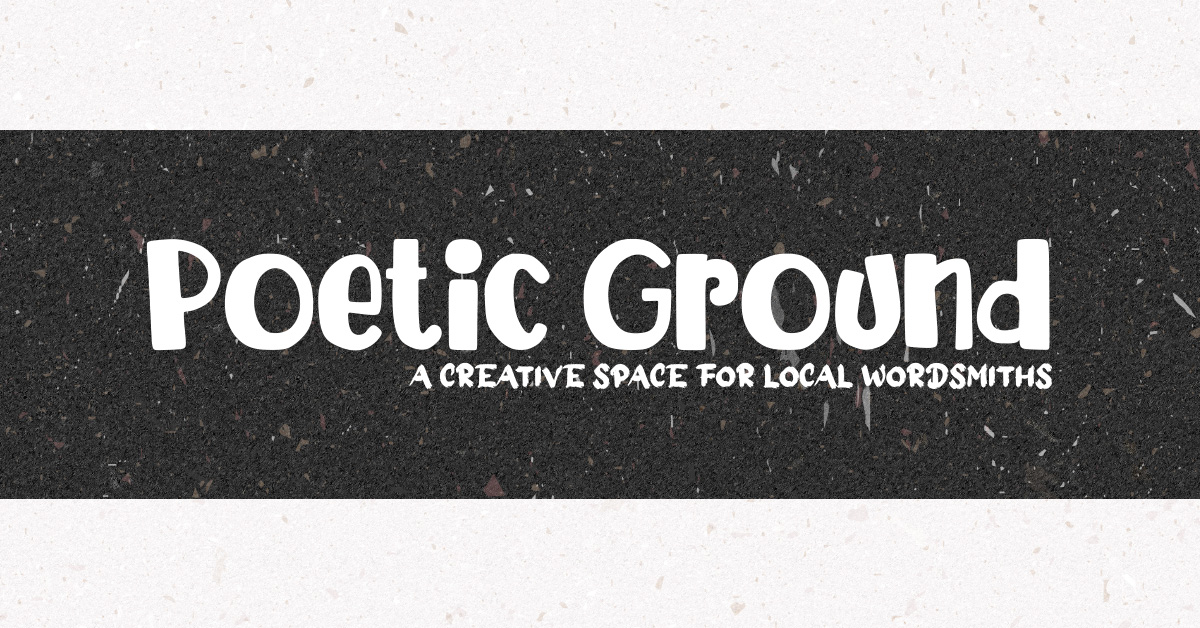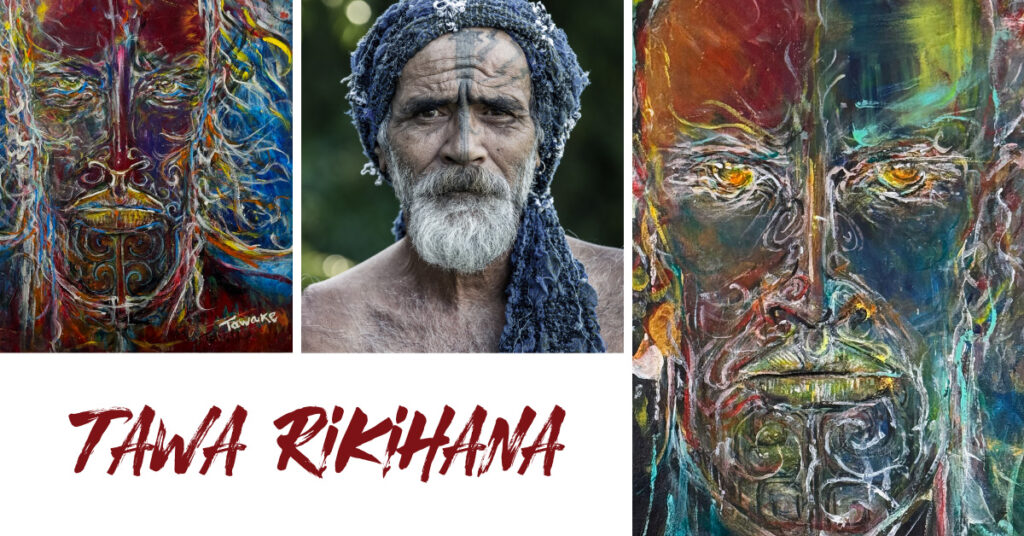
Tawa Rikihana, also known as Derrick ‘Rick’ Rikihana, is a Māori artist from the Te Arawa iwi and the Tuhourangi-Tarawhai hapū.
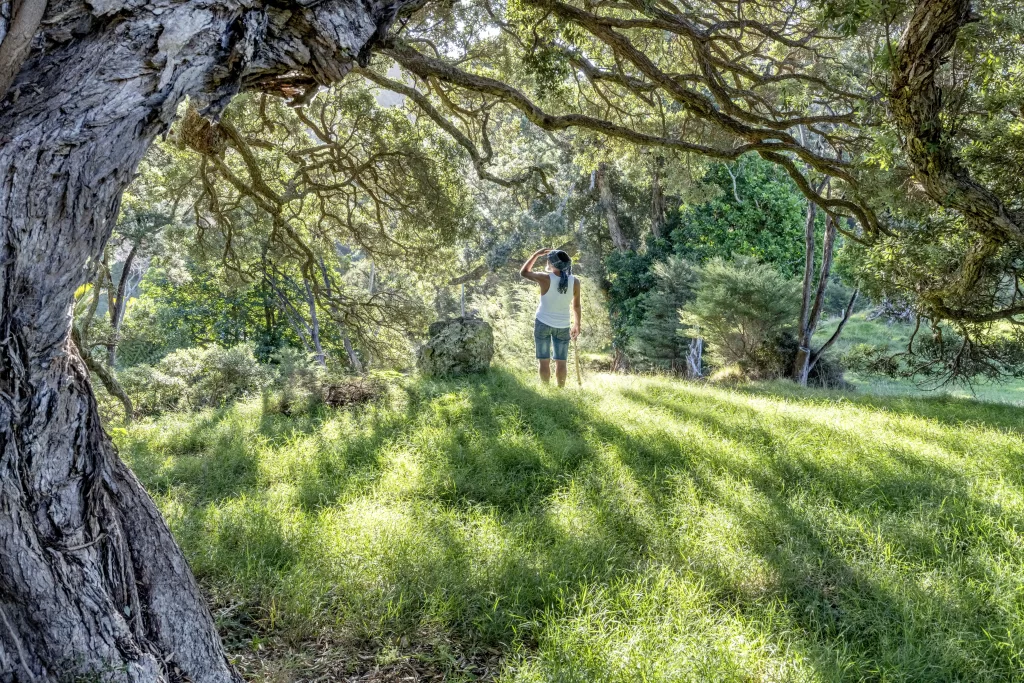
His Awa (ancestral river) is Te Wairoa, and his Maunga (mountain) is Tarawera. Rick’s wharenui, Hinemihi o Tarawhai, holds significant cultural importance to him and his whānau.
I asked Rick if I could meet him and photograph his art. He said most of his paintings were gone; he gave them to friends or sold them. Other pieces were gone, gone; he painted over them. I asked why, and Rick said, “I am not an artist. Something comes to mind, and I put it on canvas. It comes naturally. It’s like, if I’m at a bus stop and the bus hasn’t arrived, I might as well do something, so I paint.”
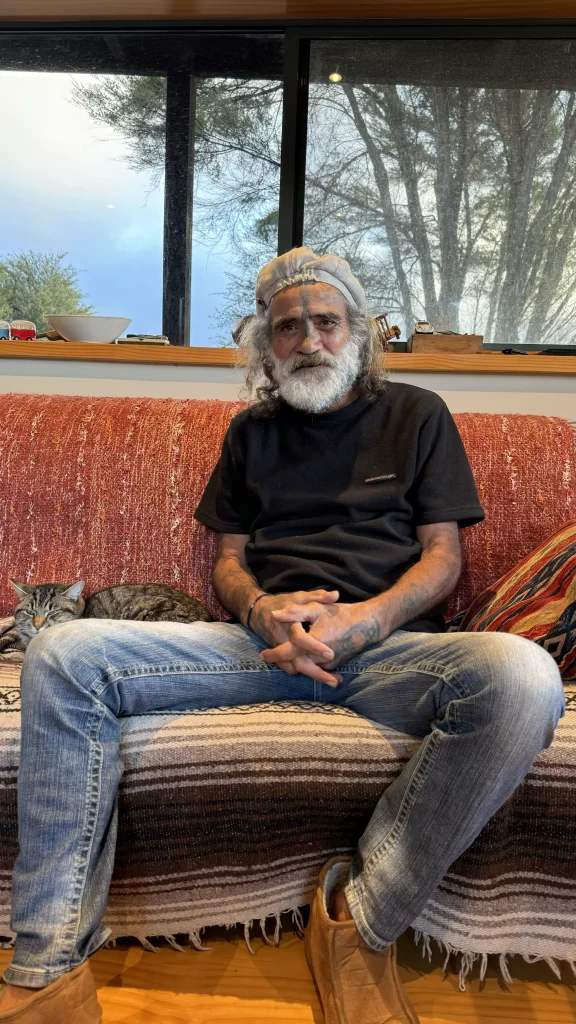
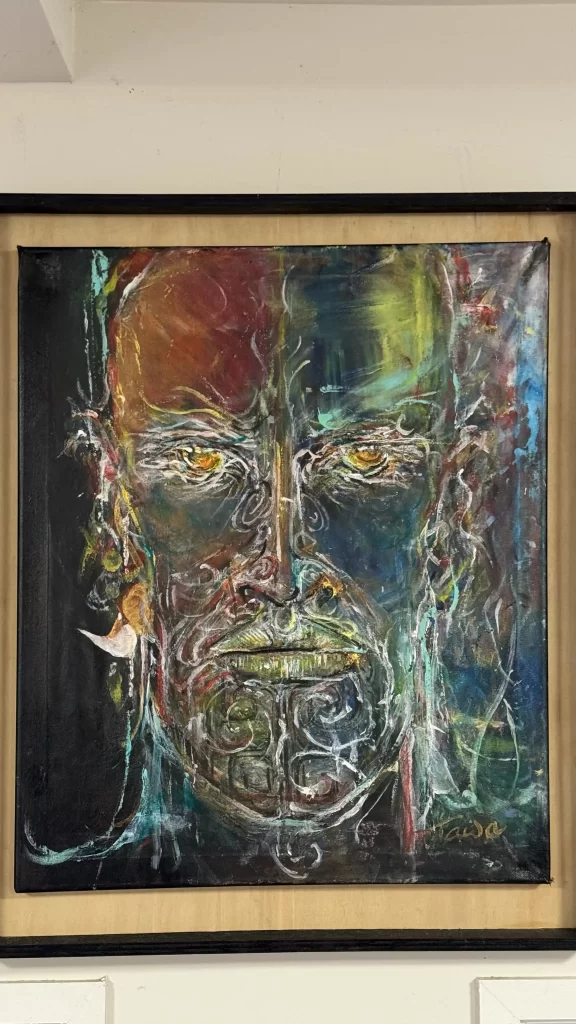
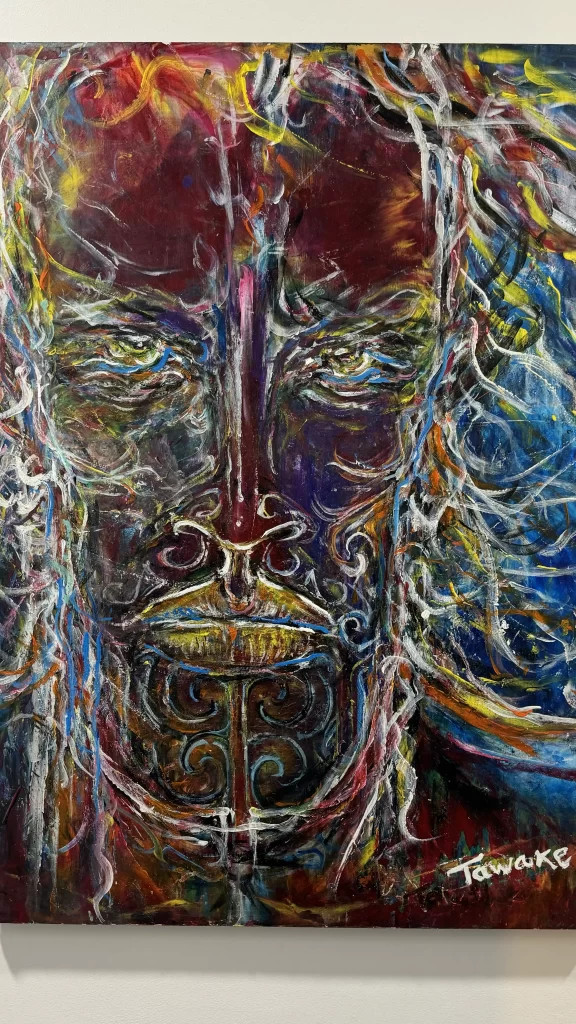
Art is in Rick’s genes, though. “My whānau, Ngāti Tarāwhai, is full of artists. Some of the greatest carvers in Aotearoa. For hundreds of years, we would be asked to carve pare all around the country.” The ‘pare’ is one of the most important carvings in a Māori meeting house, as it guards the threshold between two worlds – the meeting space outside where strangers are welcomed and debates take place, and the family space inside with its sculptures of the ancestors.
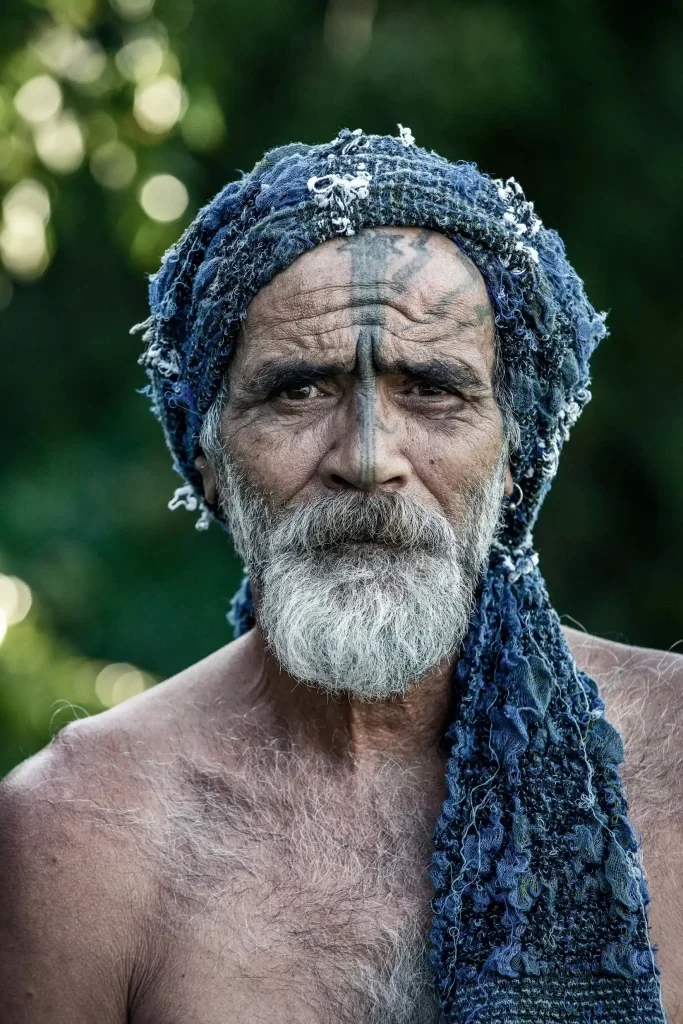
Rick was never into carving; he likes painting. When he realised people appreciated his style, even buying his pieces, he saw an opportunity to re-fire his whānau’s style of art and put it on canvas using different colours.
“My whānau has many tohunga (expert practitioners of any skill or art). They are the ones between humans and gods. The mediators.”
The faces Rick paints are powerful. They look deep into you while you merge into them too.
“The canvas to me is like the wood many in my whānau would use to carve, and the faces I paint are like the poupou. They represent my ancestors. This is my kaupapa.”
Poupou are the carvings in a Māori wharenui (meeting house), generally built to represent the spiritual connection between the tribe and their ancestors.
Rick loves music. He tells me that the music he listens to and plays seems to mix with his painting. “Some of my old paintings were songs first; I translated them into the canvas. I am just having Xmas dinner with these colours. I don’t know how to use them; I just do it.”
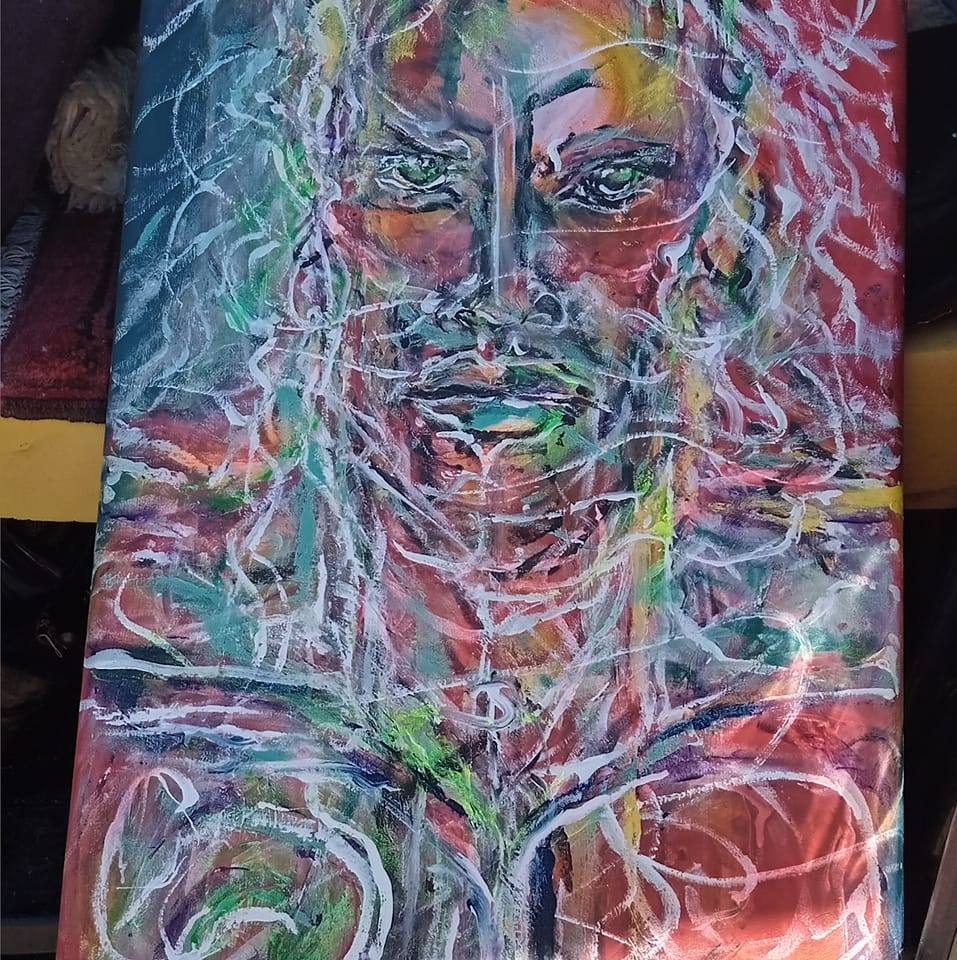
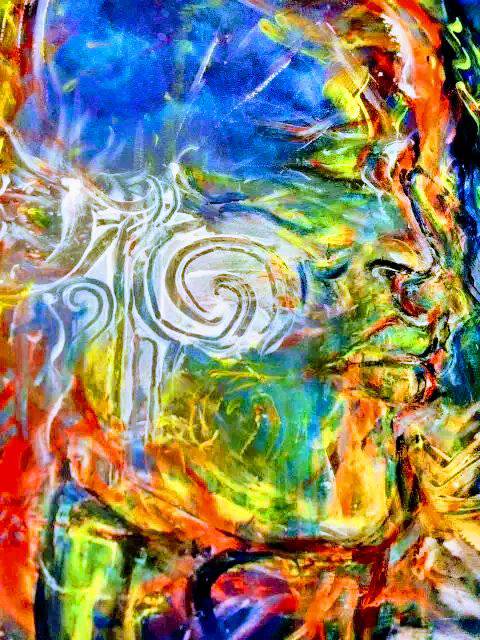
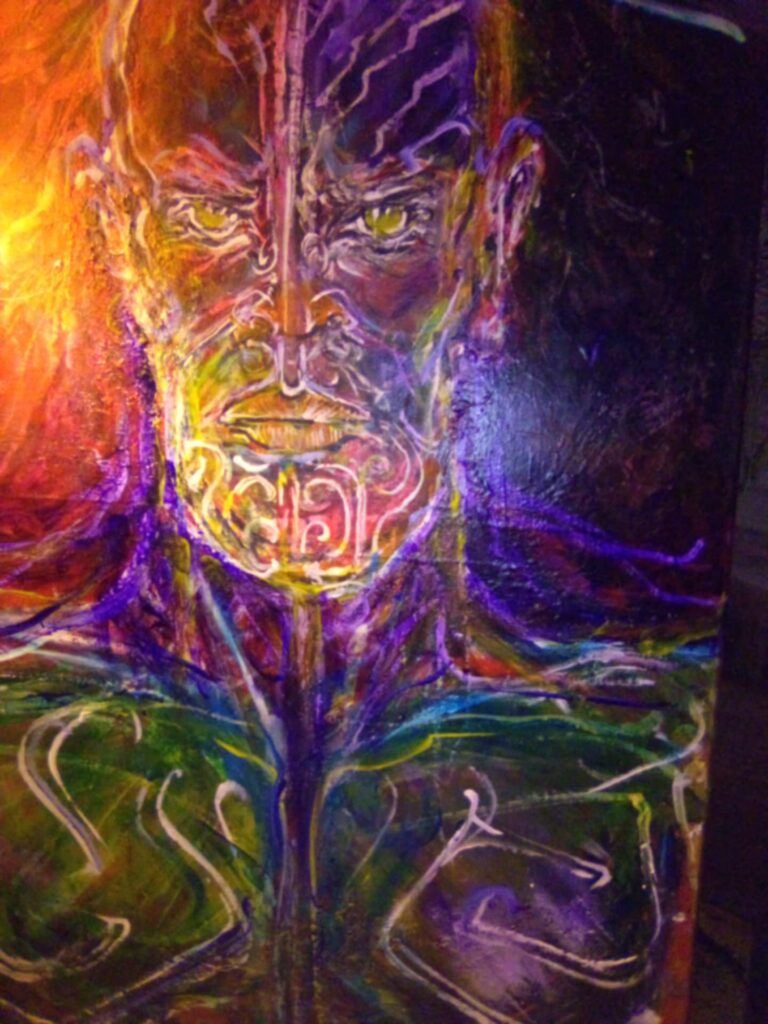
Still curious about the fact that Rick paints over ‘finished’ pieces sometimes, I asked him to share a good story about a piece that looked great until it didn’t. “I really think I’ve done the face of god once. It was the face of all faces. The eyes looked real. It expressed everything. But then I decided to add just a little dot, and oh … I messed it up. It was gone!”
Rick lives in Kūaotunu. “This place doesn’t compare to anywhere else I’ve lived; great community and views.”
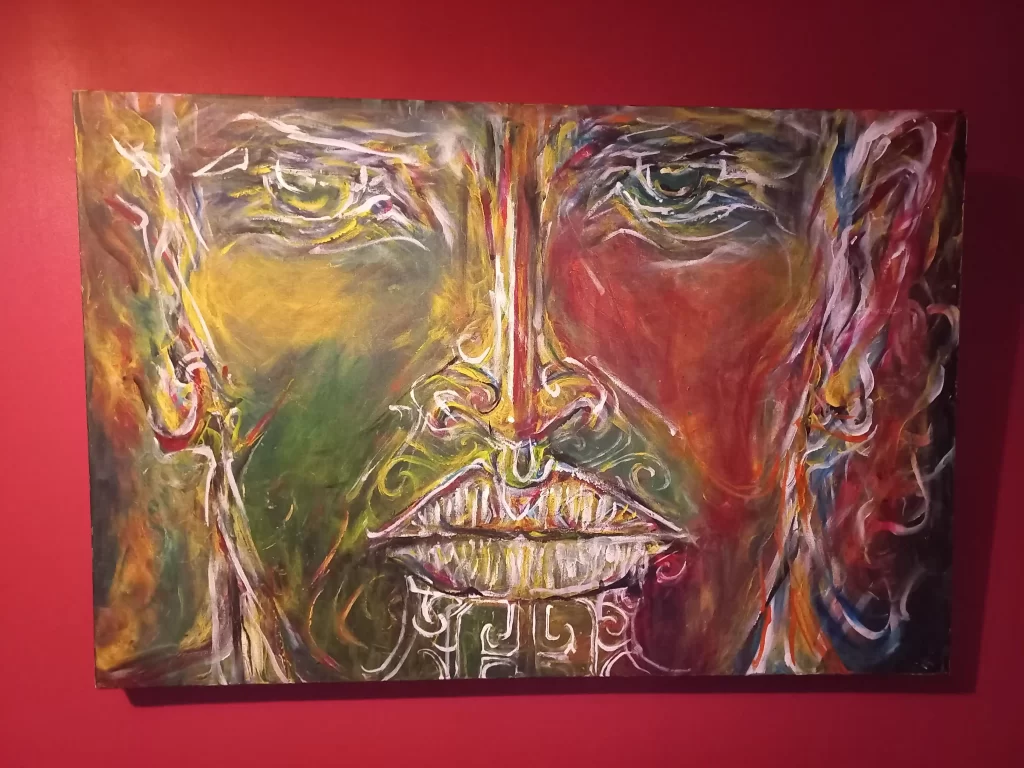
When asked about his creative process, the answer is straightforward: “Follow your instinct. I call it mojo. When your mojo stops, you should stop.”
Coromind is privileged to feature Rick on our pages. Here’s his message to the young: “Those who are of the truth shall know it when they hear it.”
Words by Leonardo Magri
Photos by Chris L Jones
Coromind: Coromandel’s Collaborative Magazine

Help us take Coromind Magazine to new heights by becoming a member. Click here
Change the Weather for Your Business: Advertise with Us.
Advertise your business in the whole Hauraki Coromandel in the coolest Coromandel Art Magazine, from Waihi Beach/Paeroa /Thames up to the Great Barrier Island.
Advertise Smarter, Not Harder: Get in Touch


